Monthly Archives: January 2025
How Plants and Microorganisms Can Clean up the Mess We Make
Entry is open for Coolest Projects 2025
Coolest Projects is our global technology showcase for young people aged up to 18. Coolest Projects gives young creators the incredible opportunity to share the cool stuff they’ve made using digital technology with a global audience. Everyone who takes part will also receive certificates and rewards to celebrate their achievements.
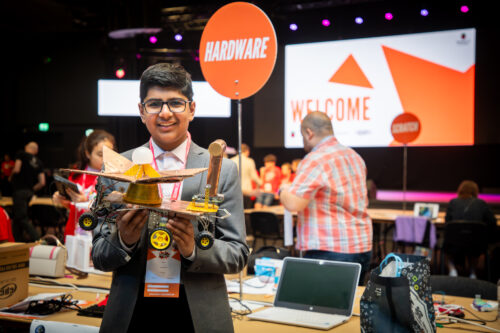
What you need to know about Coolest Projects
The Coolest Projects online showcase is open to young people worldwide. Young creators can enter their projects to share them with the world in our online project gallery and join our extra special livestream event to celebrate what they have made with the global Coolest Projects community.
By taking part in Coolest Projects, young people can join an international community of young makers, represent their country, receive feedback on their projects, and get certificates to recognise their achievements.
Coolest Projects is completely free to take part in, and we welcome all digital technology projects, from young people’s very first projects to advanced builds. The projects also don’t have to be completed before they can be submitted.
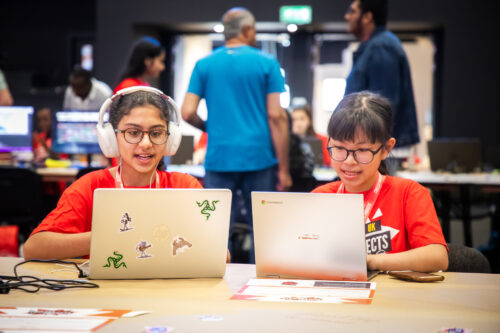
Projects can be submitted to one of seven categories: Scratch, games, web, mobile apps, hardware, advanced programming, and AI (new for 2025).
- Young creators up to age 18 can take part individually or in teams of up to five friends
- Any young person anywhere in the world can take part in the online showcase, and there are in-person events in some countries for local creators, too (find out more below)
- Submissions for the online showcase are now open and close on 28 May 2025
- All creators, mentors, volunteers, teachers, parents, and supporters are invited to the special celebration livestream on 25 June 2025
We know Coolest Projects has a big impact on young people all over the world, and we can’t wait to see your creations for 2025. You can find out more about the incredible creativity and collaboration from mentors and makers worldwide in our 2024 impact report.
How to submit your project
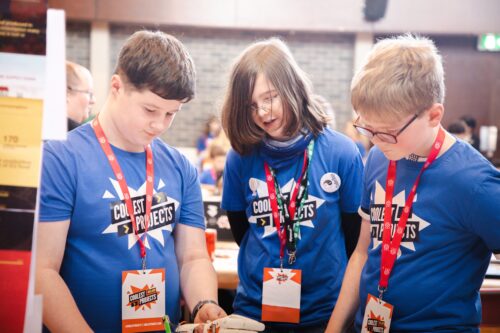
Taking part in Coolest Projects is simple:
- Young people think of an idea for their project or choose something they’ve already made and are proud of
- Young people work with friends to create their project or make it on their own
- Creators (with the help of mentors if needed) enter projects via the Coolest Projects website by 28 May
- Creators’ projects are shared with the world in the online showcase gallery
- Creators, mentors, and supporters explore the amazing projects in the online gallery and join the livestream on 25 June to celebrate young creators’ achievements with the Coolest Projects community worldwide
Mentors — entering more than one project? Sign up for a group code, and your young people can link their projects to your account.
- Sign up or log in. If you don’t have one already, you’ll need to set up a Raspberry Pi account. Click on the ‘sign up’ link in the top right-hand corner of the website to create one, and provide your details. You’ll be emailed a verification code as part of the sign-up process. If you already have an account, you can just log in.
- Create a group. Once signed in, you’ll be able to create a group. You’ll be asked questions about your group, including the group name and the country you’re based in, and be asked to agree to some privacy policies before continuing. You will then be able to view your group code and group submissions on your group dashboard.
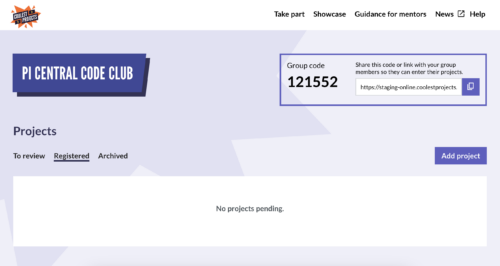
- Share your group code with your young people. Your group dashboard should look like this, with your group code displayed. The group code is what your young people will need to link their submissions to your account. They’ll be asked to input their group code at the start of the project submission form.
Submit your coolest projects. Every young person who uses your group code will have their project linked to your account. You can review and edit their projects in your group dashboard and submit them from there. There is no limit to the number of young people who can submit entries using your group code.
For a more detailed run-through of how to use group codes, please see our ‘how-to’ video.
Coolest Projects in-person events in 2025
As well as the global online showcase, Coolest Projects in-person events are held for young people locally in certain countries. We encourage creators to take part in both the online showcase and their local in-person event. In 2025, creators can attend the following in-person events, run by the Raspberry Pi Foundation and partner organisations around the world:
- Coolest Projects Ireland, 1 March 2025 (run by the Foundation) — entry closes on Friday 14 February
- Coolest Projects Belgium, 26 April 2025 (run by CoderDojo Belgium)
- Coolest Projects USA, 5 April 2025 (run by the Foundation) — entry closes on Friday 14 March 2025
- Coolest Projects UK, 17 May 2025 (run by the Foundation) — entry closes on Friday 2 May 2025
- Coolest Projects India, 2025 date coming soon (run by the Foundation)
- Coolest Projects Ghana, 2025 date coming soon (run by Ghana Code Club)
- Coolest Projects Malaysia, 2025 date coming soon (run by Penang Science Cluster)
- Coolest Projects South Africa, 2025 date coming soon (run by CoderLevelUp)
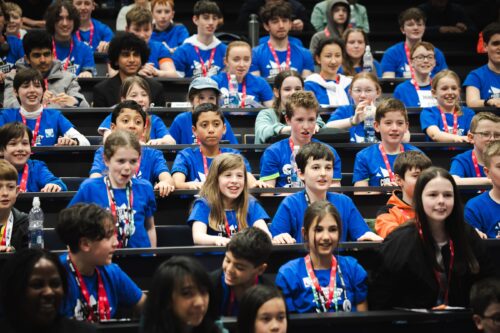
More events are on the way, so sign up for the Coolest Projects newsletter to be sure you hear about any in-person events in your country. And if there isn’t an event near you, don’t worry, as the online showcase is open to any young person anywhere in the world.
Need help with your submission?
Coolest Projects welcomes all digital tech projects, from beginner to advanced, and there are loads of great resources available to help you help the young people in your community to take part. If you’re searching for inspiration, take a look at the 2024 showcase gallery, where you can explore the incredible projects submitted by participants last year.
You’ll find everything you need to know about all seven Coolest Projects categories on our category pages, including our brand new AI category. Our projects site is also a great place for participants to begin — there are hundreds of free step-by-step project guides to help young people create their own projects, whether they’re experienced tech creators or just getting started.
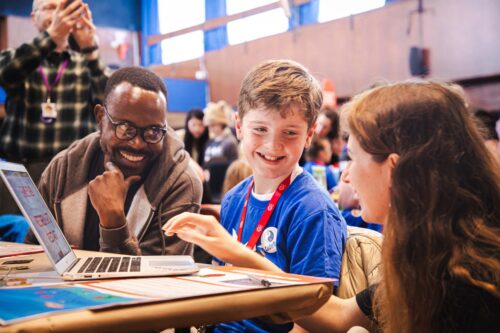
We will also be running a series of online webinars for mentors and young people to help participants develop their creations for each Coolest Projects category. Sign up for the sessions here. All sessions will be recorded, so you can watch them back if you can’t join live.
Be sure to check out the Coolest Projects guidance page for resources to help you support young people throughout their Coolest Projects journey, including a mentor guide and session plans.
There’s lots more exciting news to come, from the announcement of our VIP judges to details about this year’s swag, so sign up for updates to be the first to know.
Whether your coders have already made something that they want to share, or they’re inspired to make something new, Coolest Projects is the place for them. We can’t wait to see what they create!
The post Entry is open for Coolest Projects 2025 appeared first on Raspberry Pi Foundation.
Powered by WPeMatico
Horse Racing Gains Traction in Japan
In recent years, horse racing has ascended to become one of the most beloved sports in Japan, with the nation’s horses now setting their sights on some of the globe’s most prestigious races.
Annually, the Prix de l’Arc de Triomphe remains a primary target for Japanese trainers, and they’ve also begun sending contenders to races in the United States. Many believe it’s only a matter of time before Japan claims its first victory in the iconic Kentucky Derby.
Cultural Significance
The burgeoning popularity of horse racing in Japan can be traced to its cultural importance. Far beyond being just a sport, it acts as a gathering event that unites diverse groups of people. Unlike many places around the world, where family attendance at races might be less common, Japan uniquely attracts children to the sport. This tradition, dating back generations, has been handed down from grandparents to the young.
Additionally, the evolution of racecourses has significantly contributed to the sport’s growth. Since the 1860s, Japan’s racetracks have undergone continuous enhancements to provide an unparalleled experience on race days.
For more information on Japanese horse racing, you can visit TwinSpires.
Introduction of Major Races
The sport’s popularity has seen year-on-year growth, but it was taken to new heights with the introduction of the Japan Cup in 1981. Recognized as one of the richest races globally, it’s now seen as one of the premier season-ending events on the international racing calendar. Founded by the Japan Racing Association (JRA) as an invitational race, it attracts a deep and competitive field, including international contenders from Britain, Ireland, and Australia.
The list of winners, featuring luminaries like Equinox, Contrail, and Vela Azul, speaks to the race’s high caliber. Attendance figures, like the 85,866 fans at the 2023 Japan Cup, reflect the sport’s boom, surpassing the crowds at significant races like the Melbourne Cup and Epsom Derby that same year.
Grand Retirement Farewells
One challenge in flat racing is the early retirement of top performers to stud, often after just two or three seasons in the spotlight. The case of City of Troy in 2024, who won the Epsom Derby and King George and Queen Elizabeth Stakes before missing out on the Breeders’ Cup Classic, exemplifies this issue. Fans are thus deprived of a heartfelt farewell.
However, in Japan, there’s a more profound connection between fans and horses, with opportunities provided for fans to celebrate and say goodbye to these equine stars. The ‘Hero is Coming’ marketing campaign by the JRA last year highlighted this beautifully, allowing fans to honor a multiple-time Grade One winner before retirement. Japan’s success in racing also stems from its focus on engaging fans through the sport itself, with gambling and betting seldom highlighted by the JRA or associated tracks.
Fascination with International Races
Japanese runners are making their mark increasingly on the international stage as they chase that elusive Grade One win abroad, positioning Japan as a significant force in global horse racing. The race most closely associated with Japanese aspirations is the Prix de l’Arc de Triomphe, which captivates millions of viewers in Japan in the early hours of October each year.
Japanese trainers have aimed to break a 20-year jinx in this race, especially since domestic breeding has improved. The 2023 race saw high hopes pinned on Equinox, Japan’s top-rated turf horse, though he did not participate.
However, Through Seven Seas managed a commendable fourth place for trainer Tomohito Ozeki. In 2024, Shin Emperor for Yoshito Yahagi finished 12th, but the anticipation remains that Japan will soon achieve its first Arc victory, possibly ushering in a new era of international racing triumphs for the nation.
The post Horse Racing Gains Traction in Japan appeared first on Akihabara News.
Highlights from Coolest Projects South Africa 2024
Afandi Indiatsi, our Programme Coordinator in Africa, recently attended Coolest Projects South Africa 2024. Read on to hear her highlights.
What happens when creativity, enthusiasm, fun, and innovation come together? You get Coolest Projects South Africa 2024 — a vibrant showcase of students from all walks of life displaying their talent and shaping the future of technology.
Dozens of projects exhibited at the event in Cape Town
Hosted by our partner, Coder Level Up, Coolest Projects South Africa brought together creators, mentors, educators, and industry leaders to celebrate the creativity and ingenuity of young tech enthusiasts from across the country.
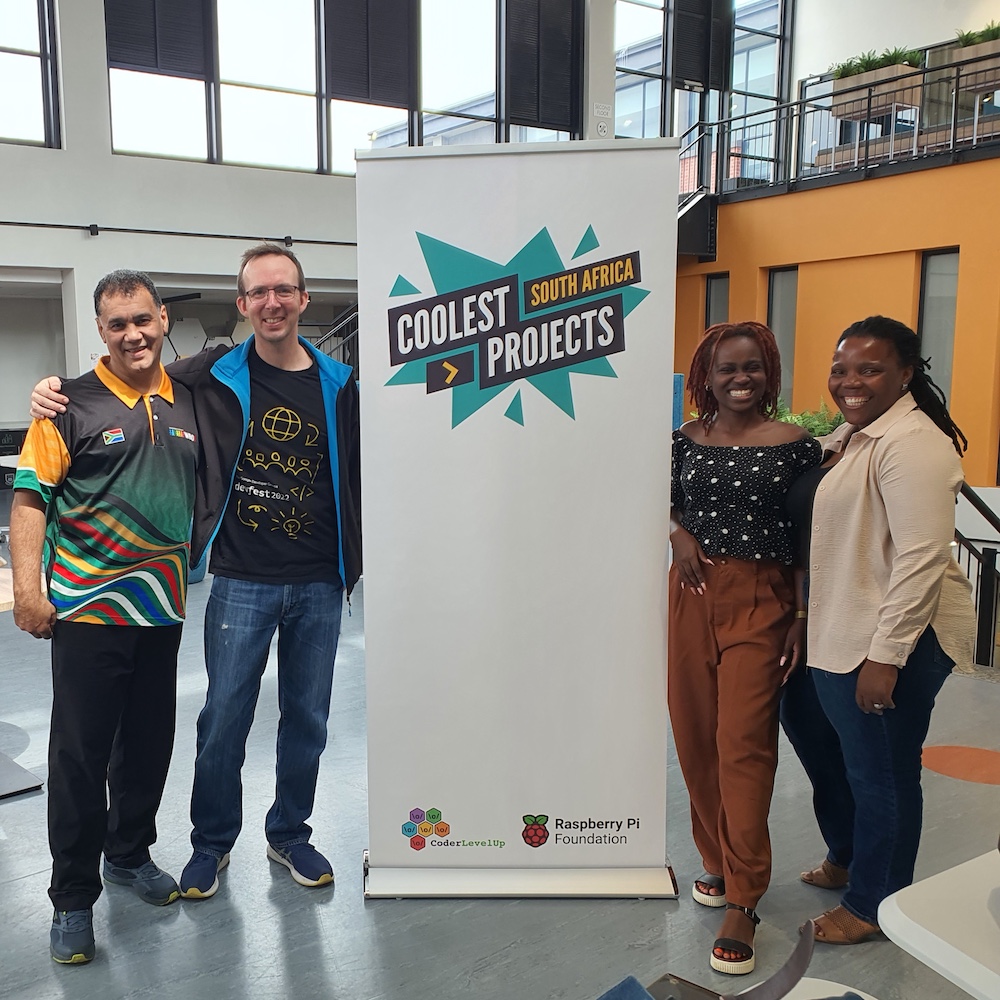
With nearly 200 projects submitted and dozens showcased, the event highlighted the impressive talent and potential of South Africa’s next generation of innovators.
Taking place at the University of Western Cape’s Department of Education in Cape Town, the event was a hub of excitement. Right from the start the venue was buzzing with activity, with the South African World Robot Olympiad (WRO) team kicking things off with a fantastic demonstration of their robotic inventions. Their creations came alive to cheers and applause as they performed flawlessly, leaving attendees in awe — what an inspiration they were!
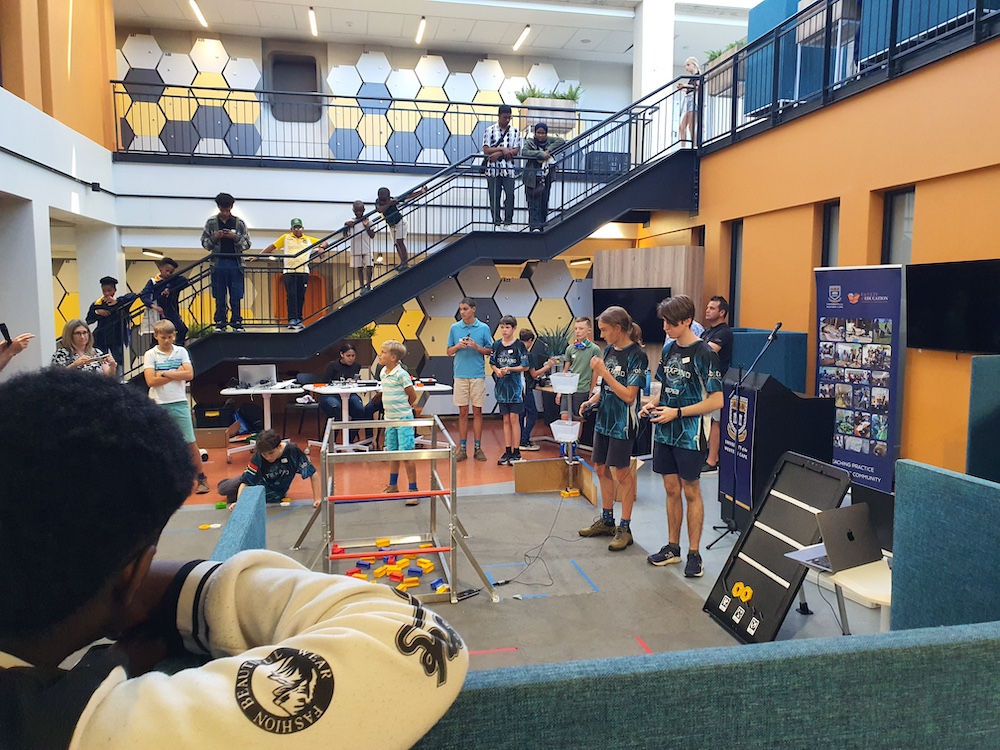
Standout projects ranged from garbage collection to chocolate
The participants then presented their projects, each of which was ingenious in its own way. From hardware and visual programming to game development and website creation, there was a wealth of ideas on display — and a demonstration of the boundless potential of young minds when given the right tools and guidance. Adding to the inclusive spirit of the event, participants from Durban and East London joined remotely, their energy resonating through Zoom.
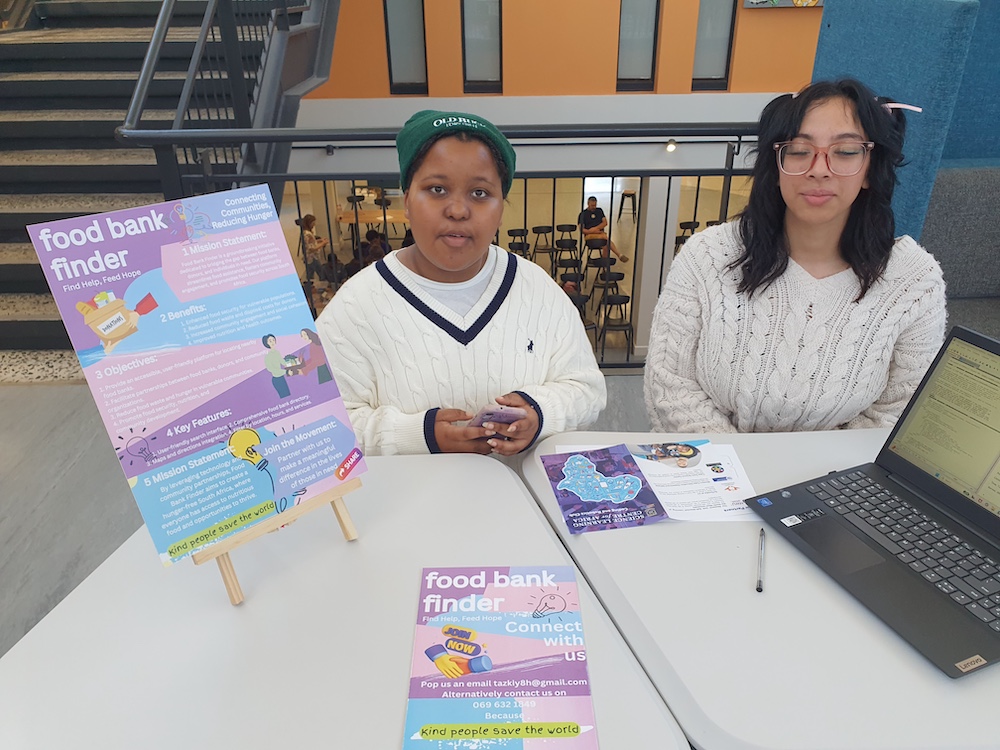
One standout project was a garbage collection robot created by an all-girls team from Nguzo Saba School. Using a LEGO kit, these creators transformed their idea into a functional invention. What made their project exceptional was their ability to improvise and enhance the kit to achieve their desired functionality. This was a true testament to their creativity, resilience, and problem-solving skills.
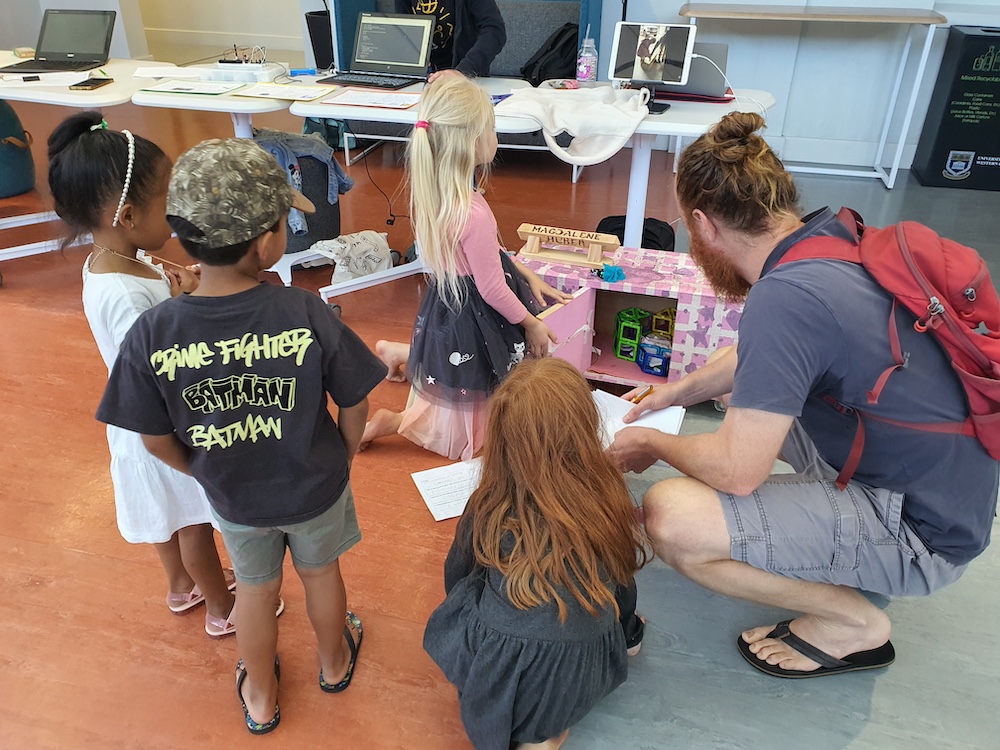
Another memorable presentation came from Emma, who used Scratch to tell the story of the history of chocolate. Her engaging narrative spanned the journey of chocolate from the Olmec civilisation in Latin America to today’s chocolate museums. Emma’s research was extensive, and she captivated the judges not only with her presentation but also with chocolate samples for everyone to enjoy — a sweet touch that left a lasting impression!
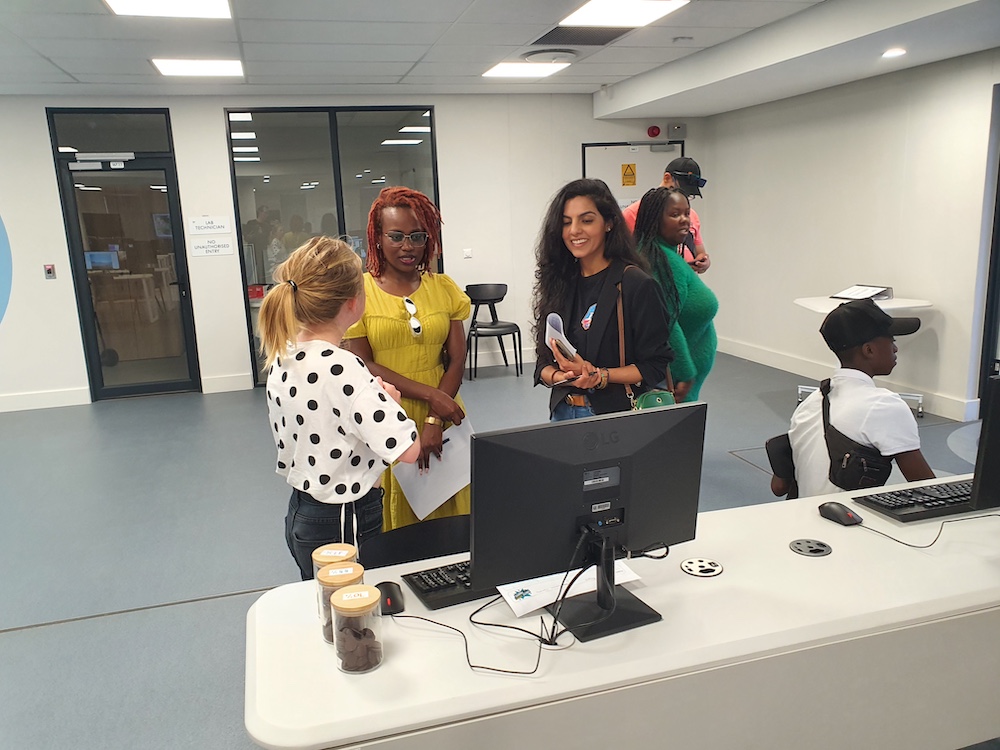
How Coolest Projects harnesses the power of education, creativity, and mentorship
A recurring theme throughout the event was the importance of mentorship. Many of the young people shared that they had sought guidance from mentors, teachers, and family members while developing their projects. This collaborative spirit underscored the role of supportive communities in fostering innovation and creativity among young creators.
Coolest Projects South Africa 2024 was more than a showcase of talent. It was a reminder of the transformative power of education, mentorship, and creativity. Every project had a story of passion and perseverance, and every creator left inspired to dream bigger.
As we reflect on this event — and the many other Coolest Projects events that took place around the world this past year — we are reminded that the future of technology is in capable, imaginative hands.
Get involved with Coolest Projects in 2025
Coolest Projects will be back and bigger than ever before in 2025.
The Coolest Projects online showcase is open globally to any young person up to age 18. Registration opens 14 January, and we’ll host a celebratory livestream on 25 June.
Thanks to an incredible network of partners, Coolest Projects events will also be hosted in person in many countries around the world. Go to the Coolest Projects website for more event dates and details.
The post Highlights from Coolest Projects South Africa 2024 appeared first on Raspberry Pi Foundation.
Powered by WPeMatico
Ready to remix? Favourite projects to tinker with
From crafting interactive stories to designing captivating games, the Raspberry Pi Foundation’s coding projects offer a hands-on approach to learning, igniting creativity and developing the skills young people need, like perseverance and problem-solving. In this blog, I explore two of my favourite projects that young coders will love.
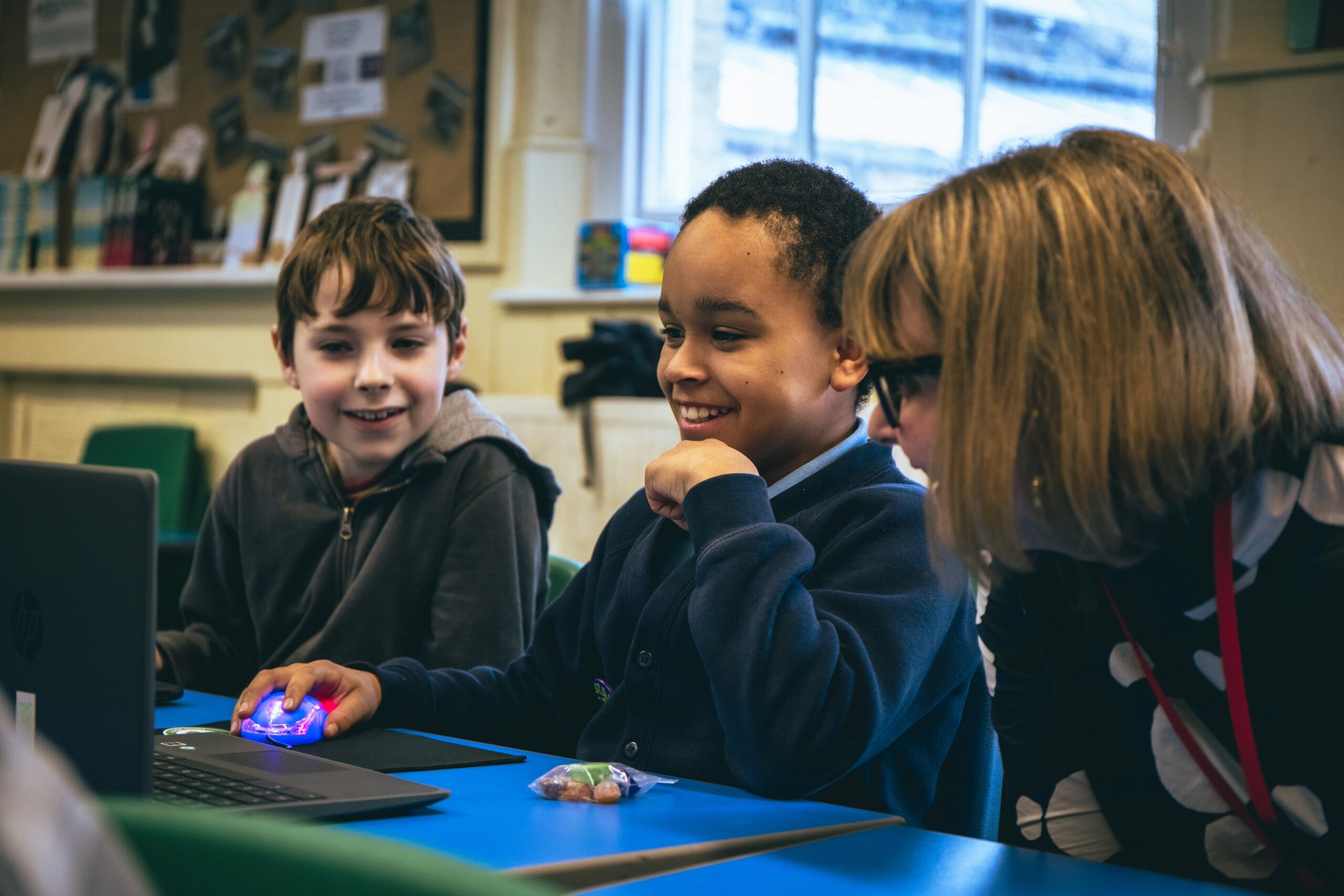
Our projects are free and open to all. They are easy-to-follow, step-by-step guides that young people use to make their own games, animations, and websites using coding languages such as Scratch, HTML/CSS, and Python. The projects introduce coding concepts one by one and allow young people to build their knowledge progressively. As such, educators and volunteers running clubs don’t need to be experienced coders, and many volunteers in our community enjoy learning alongside their club members.
The power of remixing
One of the brilliant things about our projects is how easy it is to adapt them. This is called remixing, and it gives the learner the opportunity to create and modify a brand-new project that is personal to them.
“Remixing allows beginners to tinker with a pre-existing project and make increasingly complex modifications”
Do you have the reaction speeds of an astronaut?
My favourite project brings space into the classroom. Space is such an intriguing and mysterious thing, but aspects like the extremely high speeds that satellites and the International Space Station (ISS) travel at are difficult concepts for young people to understand.
The Astronaut Reaction Time Game in Scratch introduces young people to the fact that things happen very quickly at the speed the ISS travels. It includes links to maths and science (speed, distance, time, velocity, units, calculations, operators) and, for older learners, prompts discussions on computational abstractions and problem-solving.
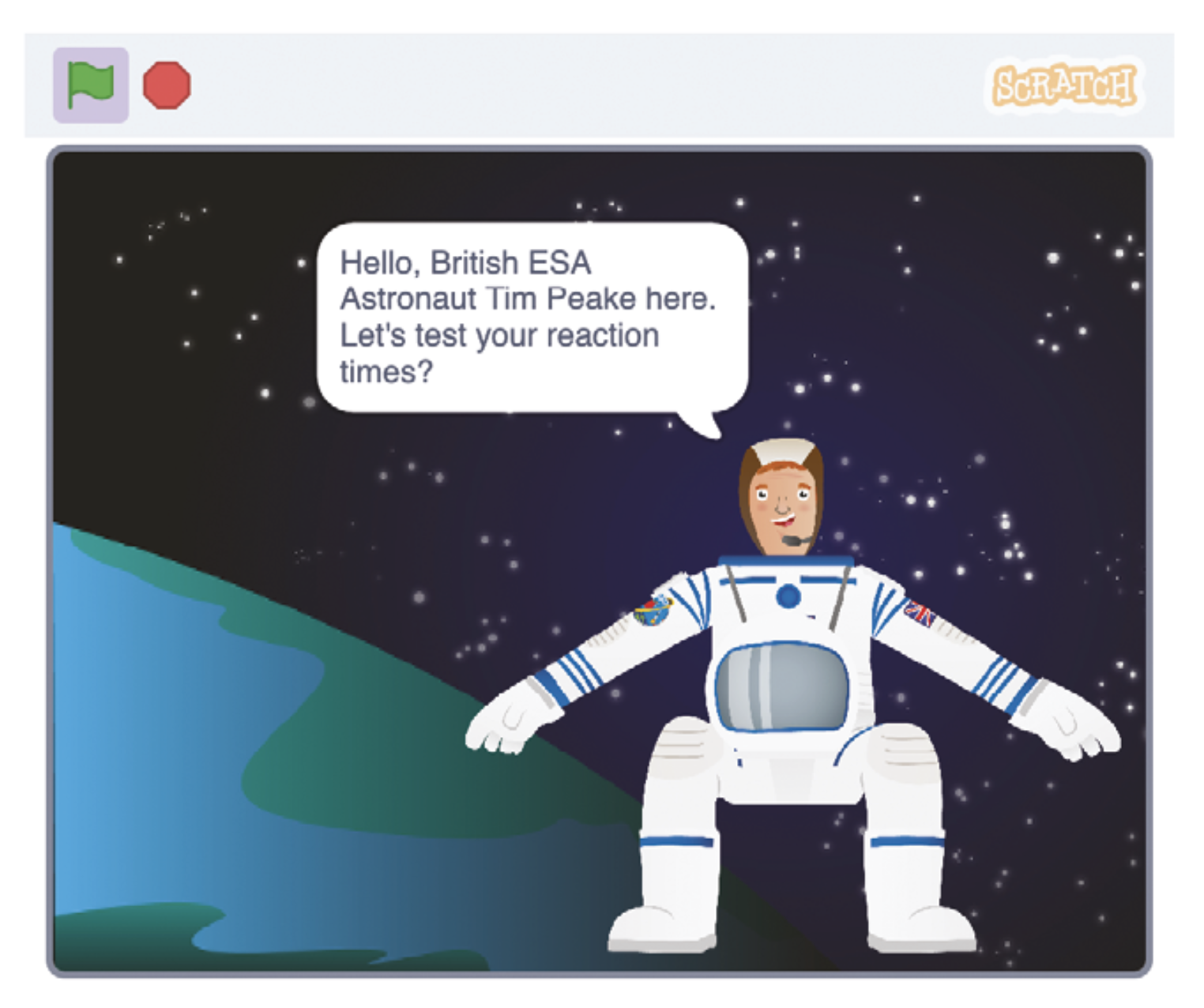
The project tests reaction speeds, something that real astronauts have to do as part of their training. NASA has found that reaction speeds are slower on the ISS than on Earth, possibly as a result of the stress of zero gravity. It’s also a fun activity young people can share and play with their friends. Sharing is a key part of the club environment, and this project is ideal for generating a little bit of competition.
As with all projects, a scaffolded approach is taken, with challenges set for learners so that they can complete part of the project independently. If someone is stuck, they can get a hint in the form of an explanation or sentence, which then turns into the code blocks they need to solve the problems, finally giving them the solution if they really need it.
Remix: Exploring speed on planet Earth
Club volunteers can also introduce their learners to some of our physical computing projects, or they could design their own race track that measures the speed of a vehicle. They could even develop a program on a microcontroller like a Pico or micro:bit to measure the speed of young athletes on a running track. If learners are inspired to do more space-themed projects, we have that covered in our project collection.
Unleashing the creativity of coding through colour
My other go-to project is Colourful Creations. Coding is an excellent vehicle for self-expression, and this project showcases the ways programming can be used to create digital art. It uses the turtle library, which is an excellent tool for creating designs and patterns.
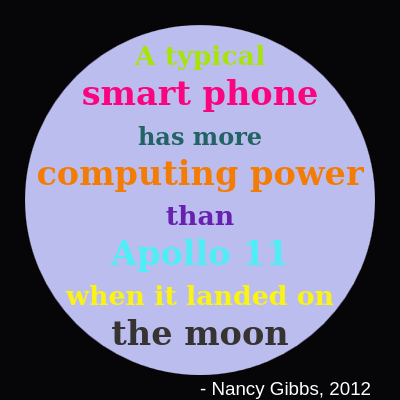
The name “turtle” stems from the Logo programming language created in the 1960s. Logo is mainly known for drawing lines, shapes and patterns on the screen and using a “turtle” on the floor to draw them on paper. The turtle library is, therefore, a selection of functions that can be used for drawing.
Part of the project’s appeal is that learners are given a blank canvas to which they can apply any theme. There are limited instructions, leaving lots of space for creativity. Whether it be climate change, a period in history, or some other topic, learners can work on their own poster or in pairs to create something bigger.
Remix: From project to presentation
The possibilities for remixing are almost endless, as learners can add more screens and turn their project into a mini presentation or unleash their artistic side and go wild with colours. The learning in this project leads perfectly to more complex turtle drawing projects like Robo-Trumps, providing a solid foundation in creative computing for you to build on later.
We want you to create your own versions of these projects. You could organise a themed day, which can give learners more freedom, or link with other projects such as Astro Pi. Try remixing the projects to start with, then building up to develop new and exciting projects based on the skills that have been learnt. Happy coding!
A version of this article also appears in Hello World issue 24.
The post Ready to remix? Favourite projects to tinker with appeared first on Raspberry Pi Foundation.
Powered by WPeMatico
